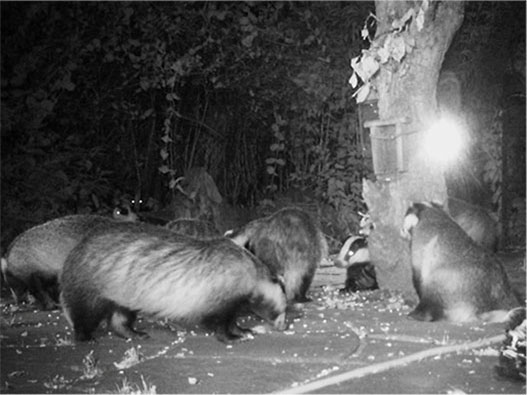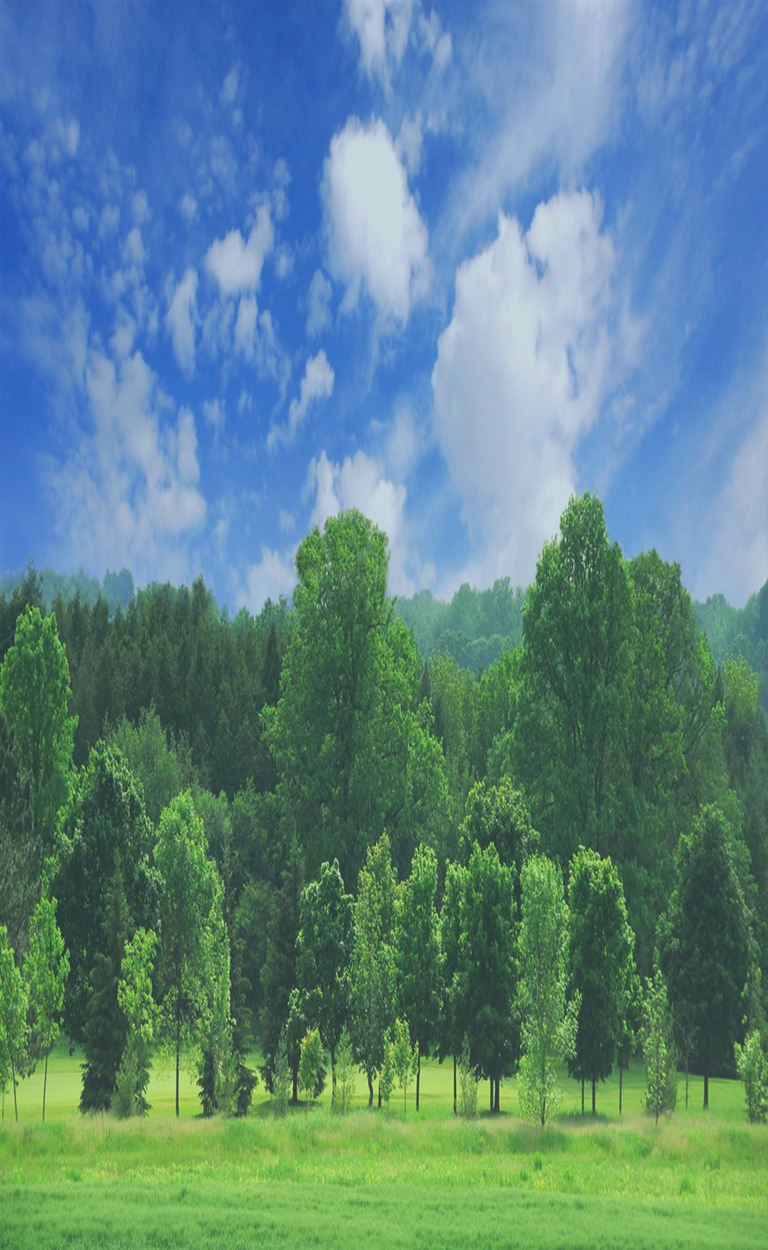What Uttlesford Badger Group does
The group performs a number of activities, the main one being collecting and humanely disposing of dead Badgers, most of which are a result of a Road Traffic Accident (RTA). These may be reported to us by the Police, RSPCA or Vets, or directly by members of the public.
We are on-call 24 hours a day to respond to accidents where a Badger has been injured and needs veterinary care. We have successfully returned a number of Badgers to the wild after they have been injured in an accident. Our members have cared for Badgers whose injuries include a broken jaw, a broken leg, concussion, and neck injuries, after being trapped in a snare. Our Vets - Mercer & Hughes (Saffron Walden, Great Dunmow and Stansted) and (Bishop's Stortford Veterinary Hospital) are now becoming accustomed to handling live Badgers, but we still learn something new nearly every time we take a casualty in for treatment, as you will see from the accounts of some of the many Casualties.
A 2 month old badger cub nicknamed "April" (due to the month she was found) was taken to the vets by our field officer to have her eyes treated for conjunctivitis and for a skin graft to close a hole in the roof of her mouth... "Crisp” a large male badger had been in a fight with another badger and lost, he suffered a huge open wound to the rump area that had become infected; 3 months later, he was healthy again and released back to the area where found.
We are on-call 24 hours a day to respond to accidents where a Badger has been injured and needs veterinary care. We have successfully returned a number of Badgers to the wild after they have been injured in an accident. Our members have cared for Badgers whose injuries include a broken jaw, a broken leg, concussion, and neck injuries, after being trapped in a snare. Our Vets - Mercer & Hughes (Saffron Walden, Great Dunmow and Stansted) and (Bishop's Stortford Veterinary Hospital) are now becoming accustomed to handling live Badgers, but we still learn something new nearly every time we take a casualty in for treatment, as you will see from the accounts of some of the many Casualties.
A 2 month old badger cub nicknamed "April" (due to the month she was found) was taken to the vets by our field officer to have her eyes treated for conjunctivitis and for a skin graft to close a hole in the roof of her mouth... "Crisp” a large male badger had been in a fight with another badger and lost, he suffered a huge open wound to the rump area that had become infected; 3 months later, he was healthy again and released back to the area where found.
Badgers at Night
Spot the cat!

A one-year-old female nicknamed "Felicity" (due to her liking of Felix cat food) was taken to the vets by a young lady who unfortunately hit her with her car. "Felicity" had broken front-right leg, which was pinned by Mr F McKeating. He found that the bone marrow area of a Badger's bones is much smaller in cross section than most other mammals, and so had to use a much smaller pin to mend the break than he would have used in a similar case with a dog or cat. He also found that the musculature around the Badgers leg is so dense that it would have been impossible to fix the pin to the outside of the bone without removing a large percentage of the muscles around it. He therefore used as large a pin as he could squeeze inside the bone which will support and align the broken parts of the bone until it sets, which was removed after the bone has knitted together. However, her leg muscles were so strong that she managed to pull the two ends of the bone apart slightly, despite the presence of the pin, and this meant she needed much longer for the bones to join together. After a total of 13 weeks care by the group, she was finally returned to the wild, and was released in a garden near to her sett where she was known to have been feeding prior to her accident.
Another casualty was "Lucy" who was also treated by Mr Fred McKeating. Her injuries were very severe, as we believe she was hit by a large van or a lorry based on the skid marks found on the road where she was hit. Both her front legs were broken or fractured, her hip bone was damaged, her pelvis was fractured and her spleen was damaged. She underwent three operations over the course of one weekend, and happily, came through them all with flying colours. This time Mr McKeating tried a different method of holding the broken leg bones together, after the previous pinning method used with "Felicity" had not worked as well as had been expected. Two small pins were inserted at right angles to the broken bones, and an external metal bar was used to join them together and hold the bones in place. The metal bar was protected by a large piece of surgical plaster to prevent "Lucy" catching herself on it. This worked much better than the pin method used on "Felicity", and the metal bar and pins were removed about eight weeks later. After a short recuperation period, she was successfully returned to her sett about nine weeks after her accident.
Another of our activities is constructing artificial setts, these are used whenever it is impossible to return a Badger to its home territory, or in cases where a Badger sett has to be moved. This might happen when a new road is being constructed which passes close to, or over, an existing Badger sett, or where building work has to be carried out in close proximity to a sett. In this case, a licence will be required from English Nature (domestic/commercial land use) or DEFRA (farming land) for the work to be carried out. We have had to do this in the case of a 17th Century Dutch Barn with an earth floor which had become home to a family of Badger. The roof of the barn was beginning to collapse and needed drastic repairs.
Another casualty was "Lucy" who was also treated by Mr Fred McKeating. Her injuries were very severe, as we believe she was hit by a large van or a lorry based on the skid marks found on the road where she was hit. Both her front legs were broken or fractured, her hip bone was damaged, her pelvis was fractured and her spleen was damaged. She underwent three operations over the course of one weekend, and happily, came through them all with flying colours. This time Mr McKeating tried a different method of holding the broken leg bones together, after the previous pinning method used with "Felicity" had not worked as well as had been expected. Two small pins were inserted at right angles to the broken bones, and an external metal bar was used to join them together and hold the bones in place. The metal bar was protected by a large piece of surgical plaster to prevent "Lucy" catching herself on it. This worked much better than the pin method used on "Felicity", and the metal bar and pins were removed about eight weeks later. After a short recuperation period, she was successfully returned to her sett about nine weeks after her accident.
Another of our activities is constructing artificial setts, these are used whenever it is impossible to return a Badger to its home territory, or in cases where a Badger sett has to be moved. This might happen when a new road is being constructed which passes close to, or over, an existing Badger sett, or where building work has to be carried out in close proximity to a sett. In this case, a licence will be required from English Nature (domestic/commercial land use) or DEFRA (farming land) for the work to be carried out. We have had to do this in the case of a 17th Century Dutch Barn with an earth floor which had become home to a family of Badger. The roof of the barn was beginning to collapse and needed drastic repairs.
An artificial sett was constructed approximately 50 yards away from the barn, and a set of gates were fitted to the entrances of the existing Badger sett. After a few weeks to allow the Badger to acclimatise to the gates, they were set to allow the Badgers to leave the sett, but not to allow them to return. This forced the Badgers to use the newly made artificial sett, which they are still using to this day. After a couple of months have elapsed, the gates can be removed from the original sett, and the entrances can be filled in, and the repair work necessary to the barn can be carried out. Licences to do this work can only be granted outside of the breeding season, which limits this sort of work to the months of July-November. Click here to see pictures of an artificial sett under construction.
More recently, the group has constructed an artificial sett in order to relocate a badger sett in the path of the improved A120, where the planned route passes right through an active sett. Members of the group scattered peanuts around for the badgers to encourage them to move from they’re existing sett into the area around the artificial sett. The amount of digging being done by the badgers around the artificial sett indicates that they have accepted the new sett, and are still using it to this day in 2013.
More recently, the group has constructed an artificial sett in order to relocate a badger sett in the path of the improved A120, where the planned route passes right through an active sett. Members of the group scattered peanuts around for the badgers to encourage them to move from they’re existing sett into the area around the artificial sett. The amount of digging being done by the badgers around the artificial sett indicates that they have accepted the new sett, and are still using it to this day in 2013.
Essex Badger Hotline Telephone: 07751 572 175
